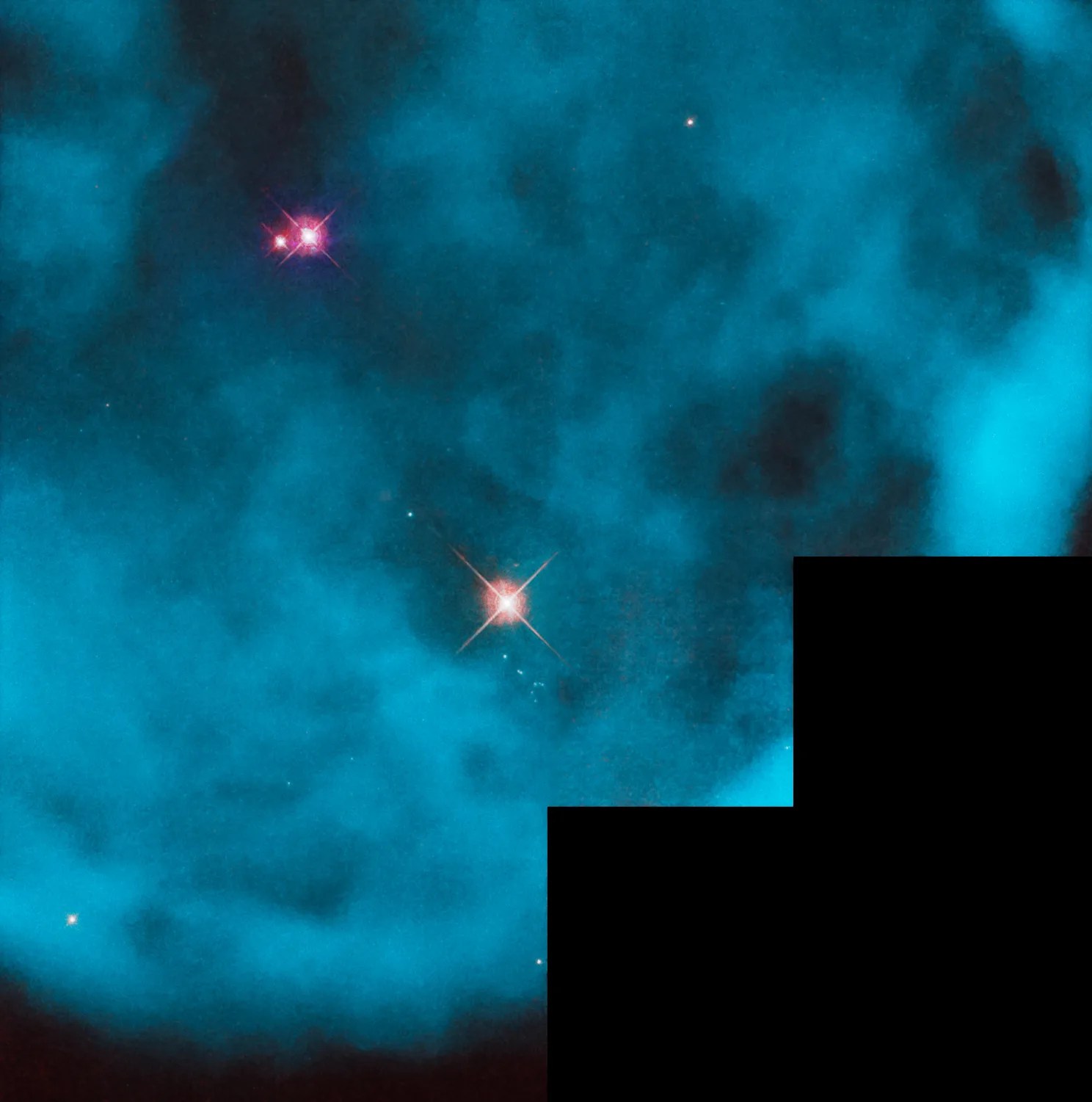
C56 (NGC 246)
This serene view captures a portion of the planetary nebula Caldwell 56. Planetary nebulae are named such because when they were first observed through early telescopes, they resembled planets. However, a planetary nebula is actually the final stage in the evolution of a star that is similar to our Sun. As the star reaches the end of its life, pulsations and strong stellar winds eject the star’s envelopes of gas. The hot, compact core of the star emits intense radiation, causing the gas to glow for a few tens of thousands of years before the nebula dissolves, leaving behind a white dwarf like the one at the center of C56.
Credits: NASA, ESA, J. Westphal (California Institute of Technology), and K. Werner (Eberhard Karls Universitat); Processing: Gladys Kober (NASA/Catholic University of America)
Image CreditNASA, ESA, J. Westphal (California Institute of Technology), and K. Werner (Eberhard Karls Universitat); Processing: Gladys Kober (NASA/Catholic University of America)
Size640x646px
